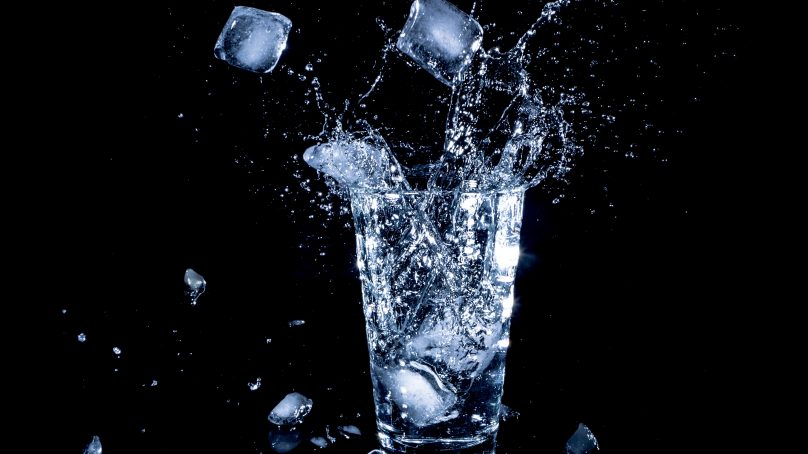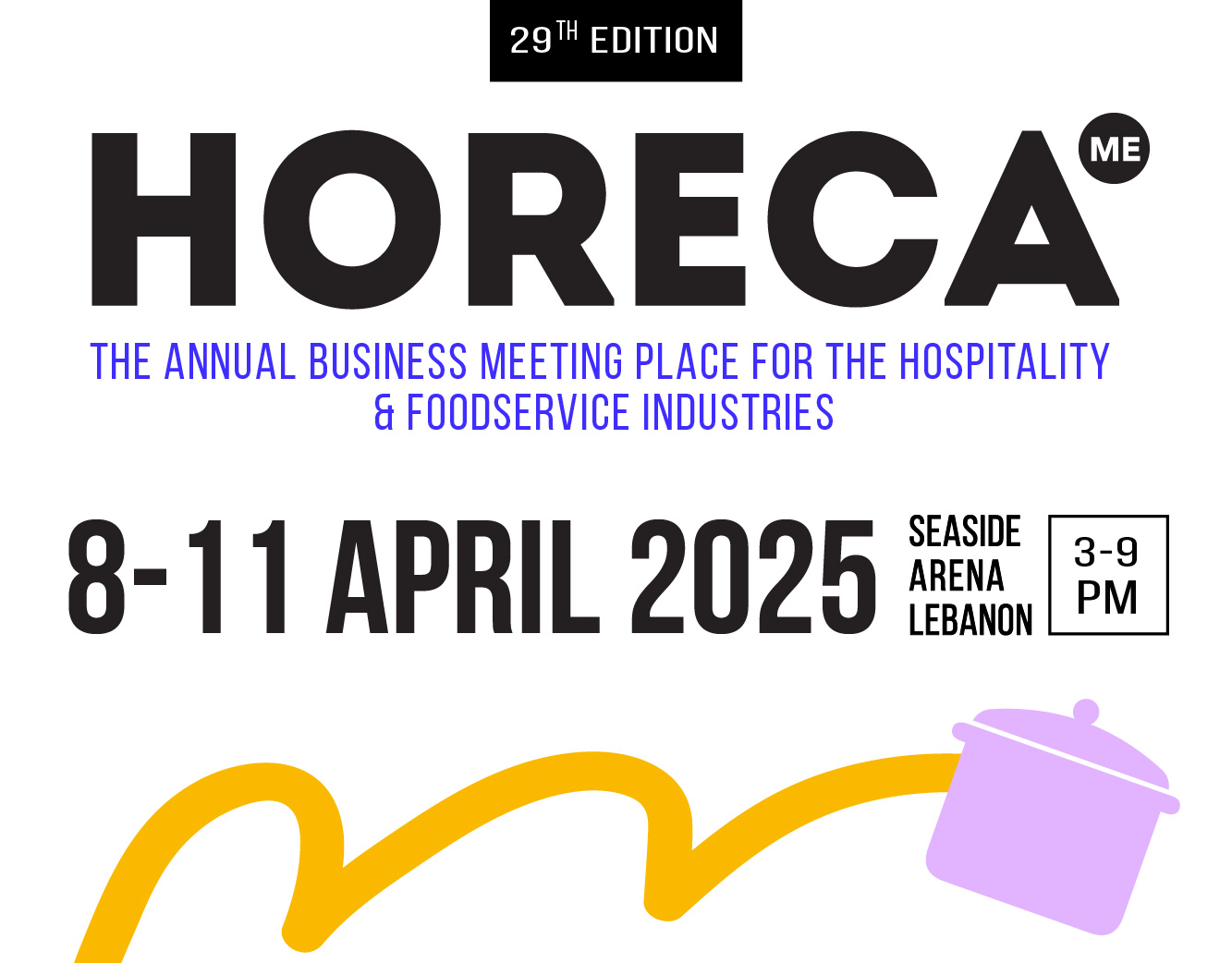In 2016, bottled water dethroned soft drinks as the leader in beverage sales. As the container market experiences a wave of innovative packaging solutions, changing consumer consumption patterns and ultra premium water brands are soaring in popularity,ushering in a new age for what has become the world’s biggest-selling beverage
According to a report by statista, a leading provider of market and consumer data, revenue in the bottled water segment will total USD 305 million in 2020, with expected annual market growth estimated at +6 percent (CAGR 2020-2023). The average price per unit in the bottled water segment will stand at US 0.7 in 2020. Most revenue will be generated in the US, followed by China, with Germany, Mexico and Indonesia taking third, fourth and fifth positions respectively. By 2023, 36 percent of spending in the bottled water segment will be attributed to out-of home consumption.
A report by Market Research indicates that the global bottled water market is highly fragmented. To stand out among competitors, companies started changing the look and feel of packaging bottles to obtain more market traction. Some strategies include re-sealable and recyclable cans and transparent sophisticated bottles, as well as inks and coatings to enhance customer experience through unique visual effects and more shelf appeal.
Variety of tastes and trends
Arcadia, an organization helping various manufacturing industries optimize energy consumption, reported that bottled waters may appear to be the same, but are not. In fact, natural mineral and spring waters are unique and offer very different tastes due to varying mineral composition, depending on the specific geological environment. A report by KPMG projects that as soda consumption declines, more brands are developing sparkling water products. Healthy drinks, like plant-based waters and other functional varieties, are gaining popularity. Due to sustainability issues, and as single-use plastic water bottles continue to be an ongoing concern, companies are changing their packaging to more eco-friendly options, including aluminum cans and paper boxes. In terms of functionality, consumers willing to pay more also expect additional benefits. These include clean ingredients, offering increased mental clarity, energy, a better mood and less stress, all of which have led to the emergence of ‘miracle beverages’. Another factor affecting growth is the number of available physical and digital portals offering brands new routes to market and consumers a multitude of access points. As a result, direct-to-consumer offerings are growing to ensure optimal consumer visibility and formats.
Plastic vs. glass
A market overview report by Mordor Intelligence found that plastic is the most used material for producing beverage containers. As governments try to develop and encourage the use of less environmentally harmful packaging, companies are moving ahead by innovating suitable solutions in growing their bottled water sectors. For instance, Coca-Cola has switched to sustainable practices by reducing the weight of the plastic bottles, increasing the use of returnable containers (glass) and increasing the percentage of recycled plastic in their packaging containers. Sustainable practices are expected to become the norm in the beverage industry, as many producers transition towards glass, while also considering the use of aluminum. Recyclability, reusability and the ability to be molded into different shapes makes plastic an attractive choice for beverage manufacturers. The European Commission adopted a new ‘circular economy package’ to assist consumers and businesses to make the transition. Under these new policies, all plastic packaging in the EU region is expected to be recyclable by 2030.
Packaging innovations
Report Linker, a technology company that simplifies how analysts and decision makers obtain actionable industry data, reported that innovative packaging of bottled water represents the latest trend in the market. The aim is to establish a unique brand image for added differentiation. It includes re-sealable and recyclable can packaging material, transparent sophisticated bottles, or inks and coatings applied on a can to enhance the customer experience through unique visual effects, along with increasing shelf appeal.
World’s biggest bottled water providers
Nestlé owns 64 bottled water brands, while Hangzhou Wahaha Group Co. Ltd’s Wahaha water is one of the most recognized bottled water brands in China. Danone is a French multinational food-products corporation whose water division represents 20 percent of the company’s total sales. Multinational
beverage corporation, Coca Cola Company, has over half a dozen water brands. Pepsi Co, the American multinational food and beverage corporation, is yet another major player in the global bottled water industry.
5 future trends in premium water
Steve Rowe, Founder of Dry Residue, an award-winning bottled water consultancy believes that in the coming years, the most dominant trends will include specialist distribution growth, the emergence of new super-premium waters, water brands employing retro labels and fine water dispensers gaining market share, as the search for new packaging continues.

















